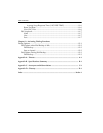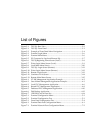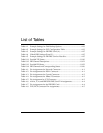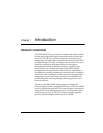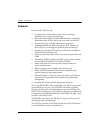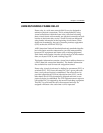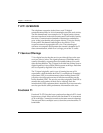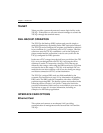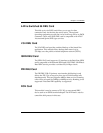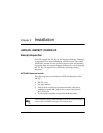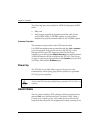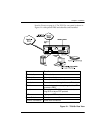
Chapter 1. Introduction
1-4 TSU IQ+ User Manual 61200275L1-1
T1/FT1 OVERVIEW
The telephone companies (telcos) have used T1 digital
communications links for voice transmission since the early sixties.
The D4 channel bank is an example of a T1 digital carrier system
that was introduced in the mid-seventies and is still widely used by
the telcos. Communication demands of businesses continued to
grow to the point that the telcos began offering T1 service directly
to the public. D4 channel banks began to be used for T1 in
corporate network topographies for voice. The technological
advances in computer development also created a demand for T1
data communication, which now is a large part of the T1 traffic.
T1 Service Offerings
T1 is a digital service that the service providers deliver to the user
over two pairs of wires. The signal operates at 1.544 Mbps and is
usually extended by repeaters that are installed about every mile
after the first 6000 feet. The T1 signal is divided into 24 time slots or
digital signal level zeros (DS0s) which operate at 64 kbps. Each time
slot is occupied by digitized voice or by data.
The T1 signal originally used a type of framing known as D4
superframe which identifies how the T1 is multiplexed. Extended
superframe (ESF) is an enhancement of that framing format. ESF
provides a non-disruptive means of full-time monitoring on the
facility datalink (FDL). The service providers originally used ESF to
monitor the performance of their service offering. Since the
introduction of ESF, equipment that is installed in private networks
can also provide the same performance information to the user.
Fractional T1
Fractional T1 (FT1) lets the buyer purchase less than a full T1 circuit
between two points. Most carriers offer fractional T1 in increments
of 56 or 64 kbps. Connection is made to the same network elements.
The network allows multiple users to share the same interoffice T1
bandwidth.



